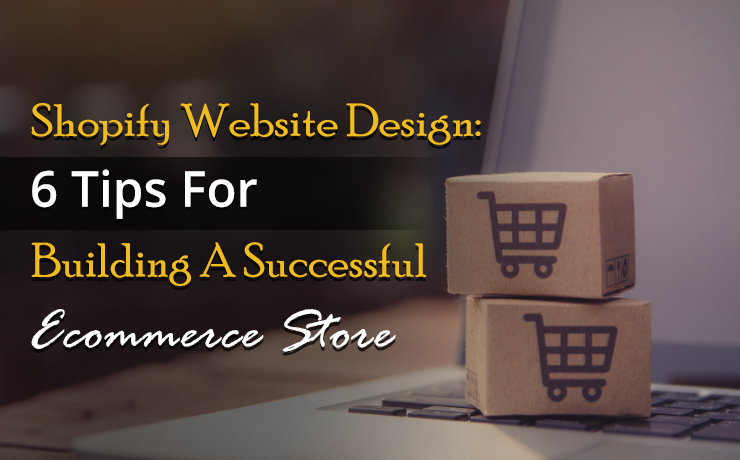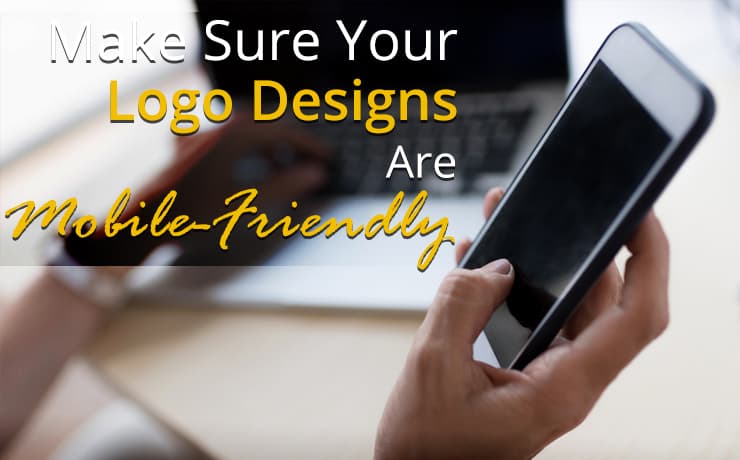Shopify Website Design: 6 Tips For Building A Successful Ecommerce Store

Clement Foo
Senior Digital Content Manager

Shopify has emerged as a formidable platform, catering to businesses of all sizes. An impactful Shopify website design can be a game-changer, significantly boosting conversions and enhancing the user experience. Whether you’re just beginning your ecommerce journey or looking to revamp an existing store, understanding the intricacies of design on Shopify can set you up for success.
Understanding Your Audience’s Preferences
At the heart of a successful ecommerce strategy lies the crucial task of understanding your audience’s preferences. It’s more than just knowing their demographic details; it’s about delving into their habits, desires, and pain points. An effective Shopify website design hinges on this comprehension, ensuring every element resonates with your target consumers.
Consider their online behavior: Do they usually shop on mobile or desktop? What time of the day are they most active? What kind of products are they searching for? Additionally, understand their values. If your audience prioritizes sustainability, your design could incorporate earthy tones and eco-friendly badges. If they value luxury, the design should exude elegance and exclusivity.
Feedback is gold in this process. Regularly gather insights from customer reviews, surveys, or feedback forms. These direct inputs can guide refinements in your design, ensuring it remains aligned with evolving preferences. Moreover, monitoring user interactions on your site, using tools like heatmaps or analytics, can provide invaluable data.
Leveraging The Power Of Themes
When it comes to website layouts, themes are the canvas upon which your ecommerce masterpiece is painted. Choosing the right theme is akin to selecting the perfect backdrop for a performance. It’s not just about aesthetics; it’s about finding a harmonious blend of design, functionality, and brand identity.
Themes on Shopify cater to diverse niches and styles. When choosing, delve beyond the surface appeal. Consider the ease of navigation it offers, the level of customization available, and its responsiveness across devices. Does it align with your brand’s visual identity and values? Moreover, does it cater to the unique demands of your products?
Customization capabilities are paramount. A theme might fit the general look you envision, but can you tailor it to make your brand shine uniquely? Flexibility is key, as it enables you to create a store that stands out amidst the crowd.
Intuitive Navigation Is Key
When it comes to the success of your Shopify website design, intuitive navigation reigns supreme. It’s the digital equivalent of clear signposts in a physical store, guiding customers effortlessly through aisles. A well-structured navigation not only enhances user experience but also directly impacts conversion rates.
Consider the customer journey: From landing on your homepage to finding their desired product and finally checking out. The navigation should facilitate this journey seamlessly. Strategically categorize products, making it easy for users to find what they’re looking for. Incorporate search bars and filters, empowering users to quickly narrow down choices.
Moreover, the placement and design of navigation elements matter. The navigation bar should be prominent, ideally at the top, with categories logically organized. Submenus can further simplify the browsing experience.
The importance of responsive navigation cannot be overstated. As mobile shopping surges, your navigation should adapt to different screen sizes, ensuring a consistent experience across devices.
Clarity is the guiding principle. Confusing navigation or hidden links can frustrate users and lead to high bounce rates. Testing your navigation with real users or using heatmaps can provide insights into how visitors interact with your menu.
Optimize For Mobile Experiences
In today’s digital era, a substantial portion of online shopping happens via mobile devices. It’s imperative for your Shopify design to be responsive, automatically adjusting to different screen sizes. Beyond mere resizing, consider the mobile user’s journey, ensuring that touchpoints, images, and texts are mobile-optimized, fostering an enjoyable shopping experience regardless of the device used.
Incorporate Engaging Visual Elements
High-quality visuals can make or break your ecommerce store. From product images to banners, ensure that every visual element on your Shopify store is crisp, relevant, and engaging. Moreover, leverage visual storytelling wherever possible. Narrate your brand’s story or showcase products in action, allowing customers to visualize the value your products bring to their lives.
Prioritize Performance and Speed
An often-overlooked aspect of Shopify website design is performance optimization. In a world where users expect lightning-fast load times, even a slight delay can result in lost sales. Ensure your design elements, especially images and animations, are optimized for swift loading. Regularly monitor your website’s speed and make necessary adjustments to guarantee optimal performance. A well-crafted Shopify website design is a blend of strategy, aesthetics, and functionality. By understanding your audience, leveraging the right themes, ensuring intuitive navigation, optimizing for mobile, incorporating compelling visuals, and prioritizing performance, you can create a Shopify store poised for ecommerce success.
 Free
Consultation
Free
Consultation Free
Google Ads Audit
Free
Google Ads Audit







